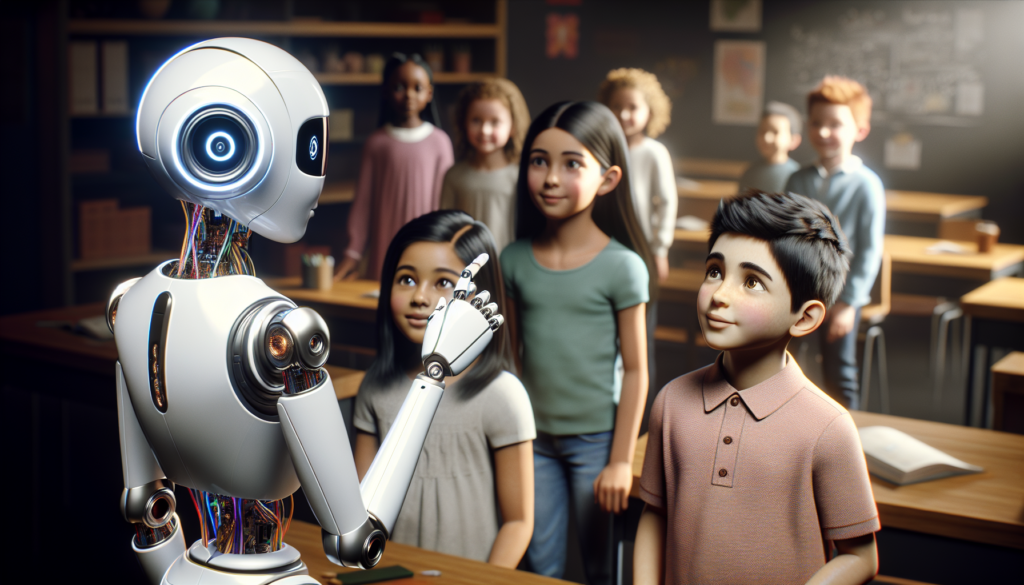Exploring the World of Humanoid Robotics

What are Humanoid Robots?
Humanoid robots are advanced machines designed to mimic human form and behavior. They have a torso, a head, two arms, and two legs, allowing them to perform tasks in environments built for humans. These robots are not just sci-fi fantasies; they’re real and increasingly integrated into various sectors of our everyday life.
Key Capabilities and Technologies
Humanoid robotics rely on a variety of sophisticated technologies:
- Sensors and Actuators: Sensors gather data from the robot’s surroundings, and actuators are the ‘muscles’ that move and control the robot’s parts.
- Artificial Intelligence (AI): AI helps the robot to process information, make decisions, and learn from experiences.
- Machine Learning: This allows robots to improve at tasks over time without human intervention.
- Speech Recognition and Generation: Enables robots to communicate with humans in a natural way.
Examples of Humanoid Robots
Here are a few notable examples of humanoid robots:
- ASIMO by Honda: One of the most recognizable humanoid robots in the world, ASIMO can walk, run, interact with people, and even recognize moving objects.
- Sophia by Hanson Robotics: Famous for its human-like appearance and capable of facial expressions, Sophia can hold simple conversations and has become a media sensation.
- Atlas by Boston Dynamics: Known for its impressive physical abilities, Atlas can navigate complex terrains, jump, and even perform backflips.
Applications of Humanoid Robotics
Humanoid robots have a wide range of applications:
- Healthcare: Robots like ASIMO can assist in caring for the elderly, helping them move around or reminding them to take medication.
- Education: Robots can serve as educational tools, providing interactive learning sessions and personalized tutoring.
- Entertainment: In theme parks and exhibitions, humanoid robots can entertain guests with performances and interactions.
- Research and Rescue: Robots like Atlas are being developed to perform tasks in dangerous environments, such as disaster zones or during emergencies.
Challenges and Future Outlook
Despite considerable advancements, humanoid robotics still face significant challenges:
- Mobility and Balance: Human-like movement is extremely complex and difficult to replicate, making smooth and adaptive movement a significant challenge for engineers.
- Cost of Production: High-tech components and sophisticated programming make humanoid robots quite expensive to build and maintain.
- Social Acceptance: As robots become more common in everyday settings, ensuring they are socially accepted and ethically used is crucial.
Looking ahead, the future of humanoid robotics is incredibly promising. As technology continues to evolve, so too will the capabilities of these machines. We can expect them to become more integrated into society, taking on roles that were previously thought to be the sole domain of humans.
Conclusion
The field of humanoid robotics is not just about building robots; it’s about extending the reach of human capabilities and exploring new frontiers in technology and society. Whether in aiding the elderly, teaching children, or exploring new technological possibilities, humanoid robots are set to be an integral part of our future.

